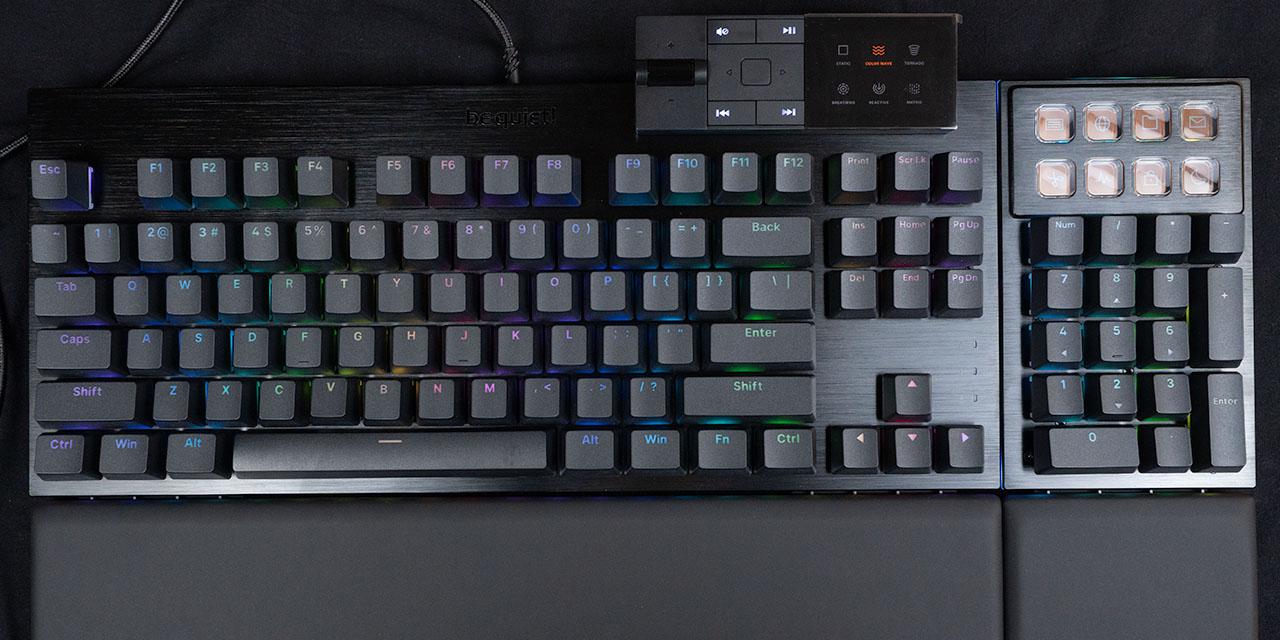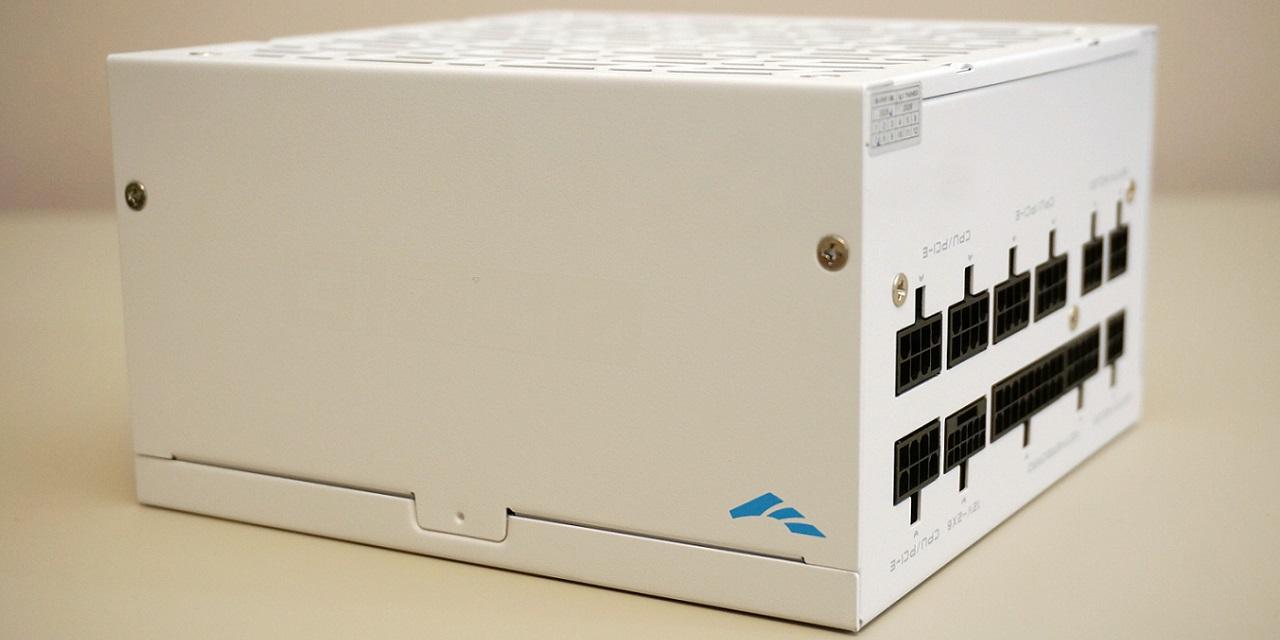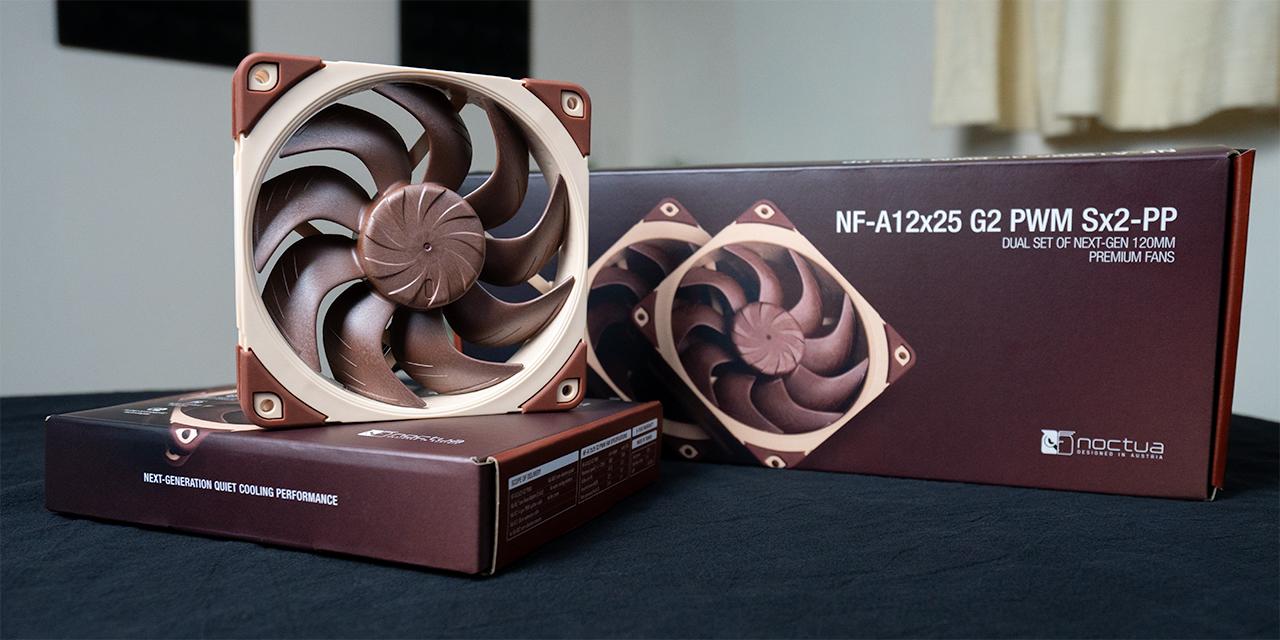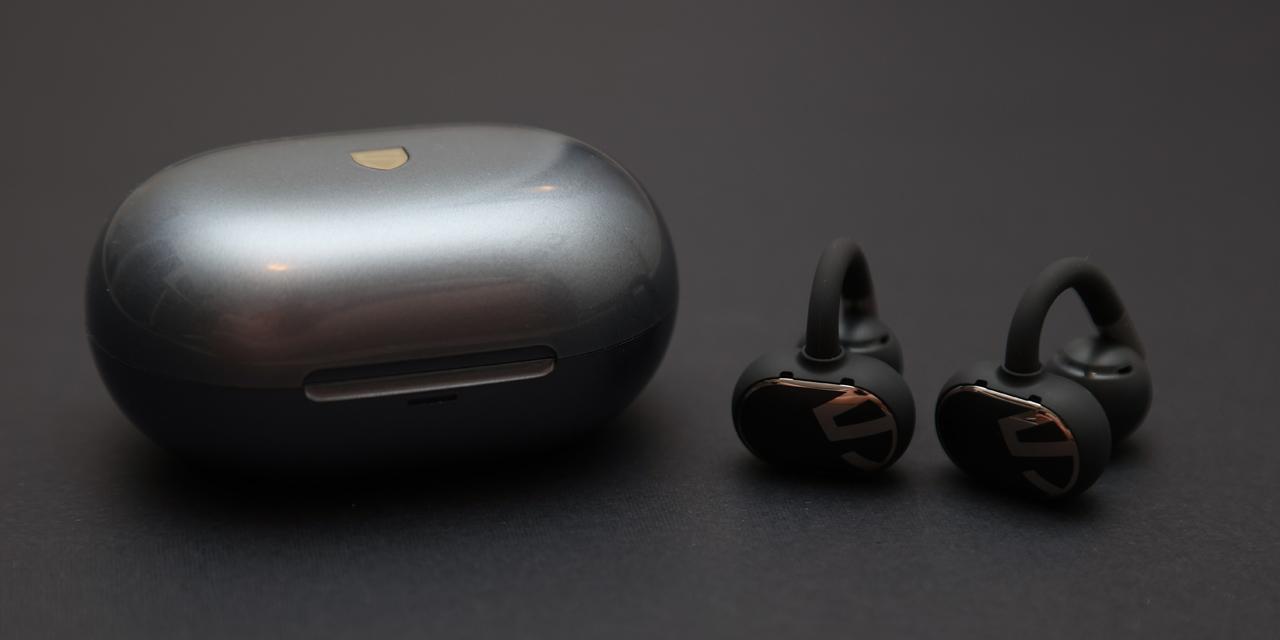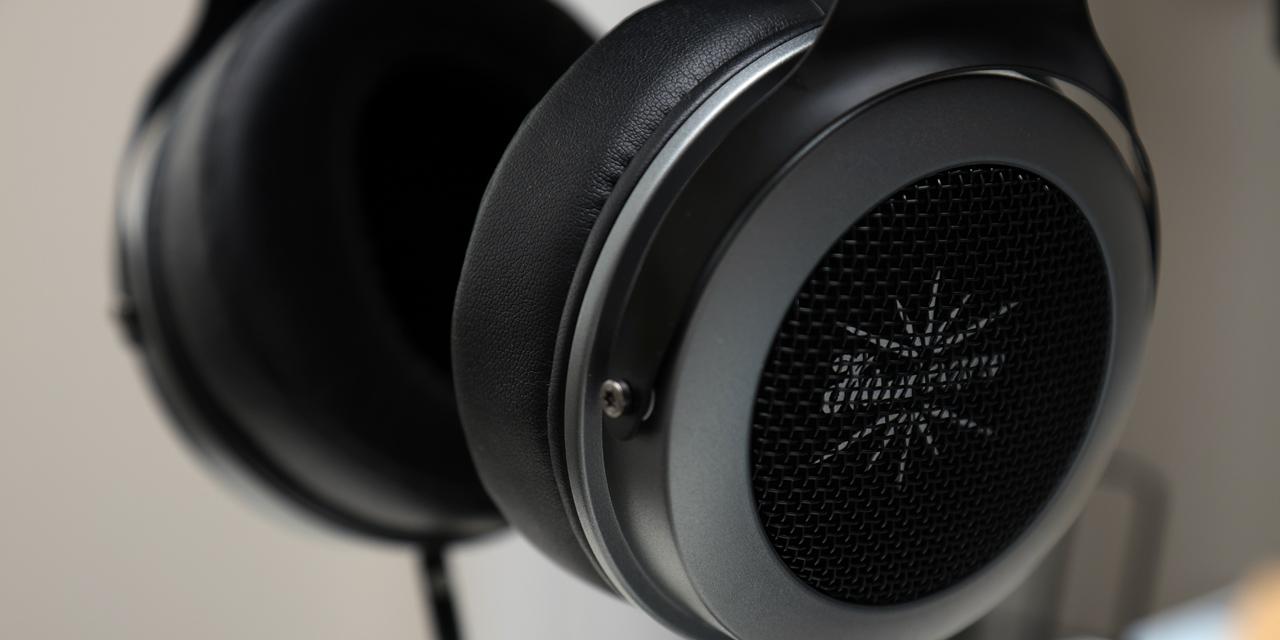From X-bit Labs: Microsoft Corp. plans to release a patch for Xbox One game console, which will boost performance of the system’s graphics processing unit by 8% - 10%. The update will remove compulsory reservation of GPU horsepower for processing of Kinect’s video data.
Graphics sub-systems of Microsoft Xbox One and Sony PlayStation 4 have a lot of similarities on the architectural level as both are powered by AMD GCN [graphics core next] technology, but Sony’s solution offers higher performance. Microsoft Xbox One’s graphics processing unit features 768 stream processors, 48 texture units and 4 render output units which all run at 853MHz. To compensate relatively slow quad-channel DDR3 memory sub-system (with up to 68GB/s bandwidth), the GPU is equipped with 32MB of embedded SRAM/ESRAM with 102.4GB/s throughput and low-latency By contrast, Sony PS4’s graphics engine operates at 800MHz, but features 1152 stream processors, 18 highly-efficient texture units (each is supposed to have several texture address (TA) and texture filtering (TF) blocks)) and high-bandwidth GDDR5 memory bus (with 176GB/s peak bandwidth).
Not only Xbox One’s GPU has about 33% lower computational power than the PlayStation 4’s, but it reserves 2% of GPU performance for processing of Kinect’s audio data and 8% of GPU performance for processing of Kinect’s video data. Basically, 10% of the GPU remains idle even at times when a game does not use the motion sensor. As a consequence, in some games (Tomb Raider 2013, for example) PlayStation 4 renders 60 frames per second, whereas the Xbox One can only hit 30 frames per second.
Quite naturally, game developers need to learn how to efficiently use Xbox One’s 32MB SRAM/ESRAM GPU cache to speed up rendering of graphics-intensive video games, however, this will take time. In a bid to boost performance now, Microsoft is working on a patch that will make 8% reservation of GPU horsepower for Kinect optional, reports HotHardware web-site. As a result, games that do not use Kinect will be able to use the additional resources to improve fps and/or graphics quality. While 8% is not a lot, over time there will be more tweaks here and there to improve the GPU of the Xbox One.
It is worth mentioning that less than a quarter after the launch Microsoft is rebalancing the Xbox One platform towards higher performance in video games. The new Kinect 2 sensor remains an important part of the whole Xbox One project, but it is obvious that right now the software giant needs to concentrate in improving the key part of the platform: graphics processing unit.
View: Article @ Source Site
